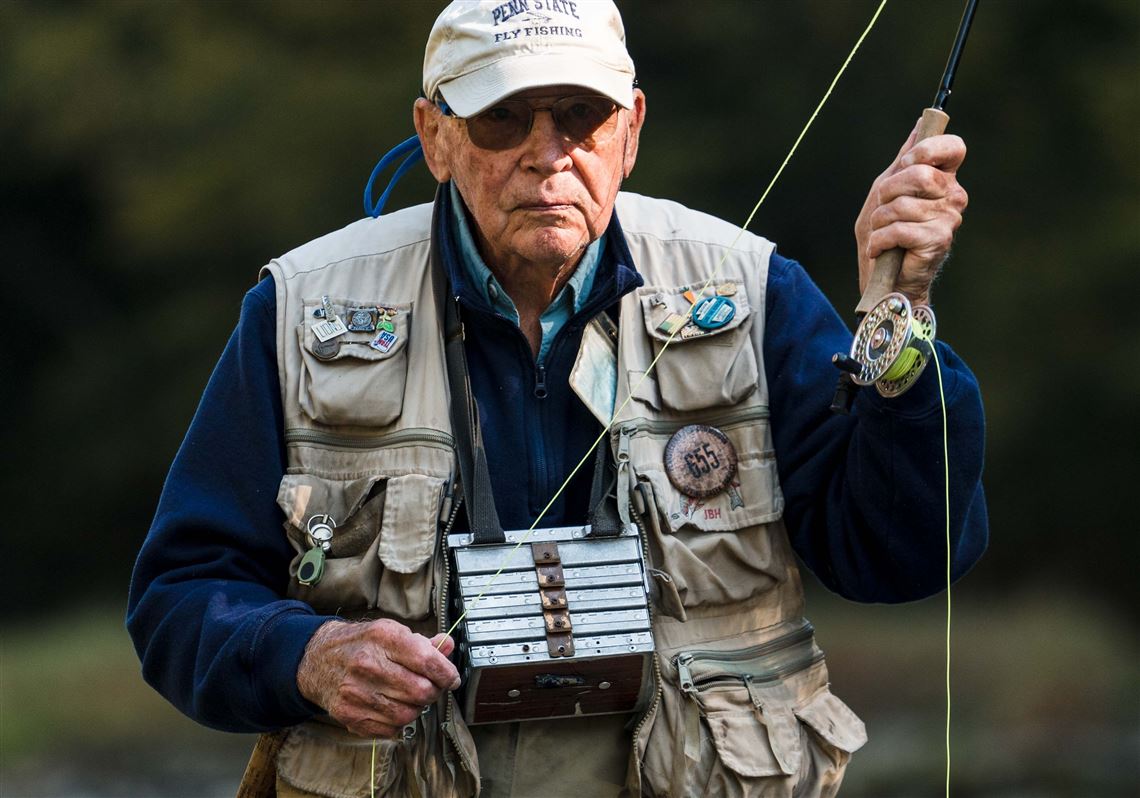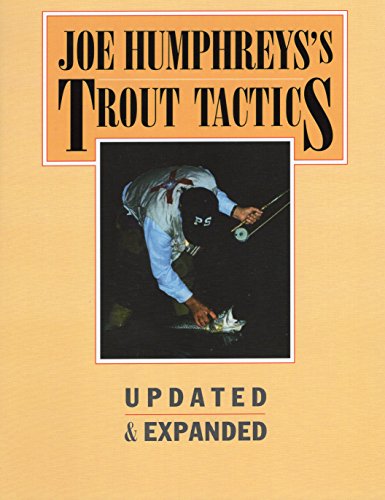
Photo John Hayes, Pittsburgh Post Gazette
One of the most valuable nymphing lessons ever recorded is steeped in reality

Skip Clement.
By Skip Clement
The grandfather of trout nymphing, Joe Humphrey, gives a riveting account of just what it takes to catch trout the most productive way.
It’s another great ‘movie,’ not a clumsy homey video, but The New Fly Fisher movie. In this fly fishing movie, you will know one fact that should resonate with anyone desiring to catch trout nymphing. That advice that Joe shares is that all Onchorynchus and Savenisus principally survive on a diet of eating what lives below the surface. Not an amount of food consumed that one could misconstrue as irrelevant, but an impressive 90%.

An updated classic now available in hardcover. Tips on casting, nymph and wet fly patterns, hints on controlling fishing depth, and much more. Click here . . .
In his ninth decade, Joe still fishes for trouts in his storied home in Pennsylvania waters using only the expanded, but essentially the same, technique he learned as a 12-year-old riding his bike to a nearby creek to catch trouts.
Having fished Joe’s home waters was always a thrill, and neighborly fellow anglers of these waters taught me the magic of nymphing the ‘old-fashioned way’ to this day still brings me the most incredible feeling of satisfaction.
Too, having fished for trout in most continents for over 60 years taught me that even salmons and lake trout thousands of miles apart can be seduced by nymphing the way Joe Humphrey shows us how-to in this terrific movie by The New Fly Fisher.
NOTE: The New Fly Fisher films are about the best films on fly fishing. They all have the feel of being there, capturing what it is we all would have to endure, enjoy, and find frustrating in pursuits of satiating an addiction.
Read more about Joe in the Pittsburgh Post Gazette with Joe Hayes . . .

The brook trout (Salvelinus fontinalis) is a species of freshwater fish in the char genus Salvelinus of the salmon family Salmonidae. It is native to Eastern North America in the United States and Canada, Illustration provided courtesy of Thom Glace.


